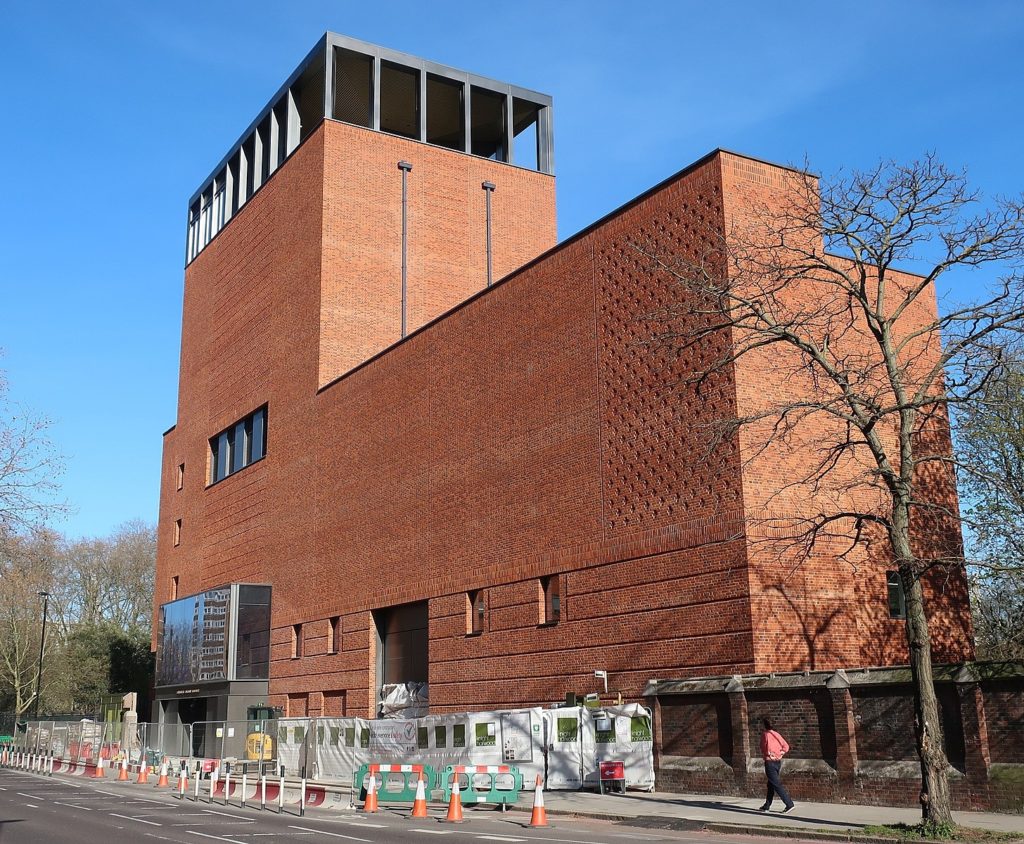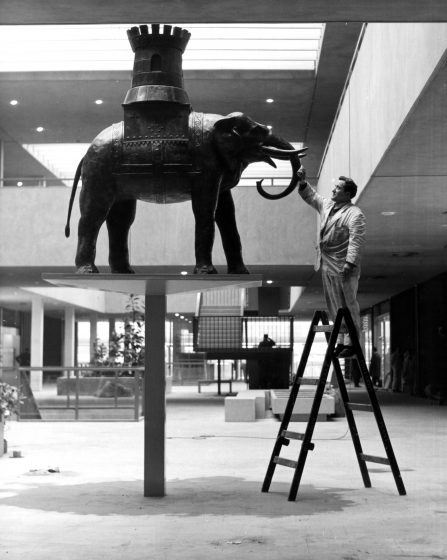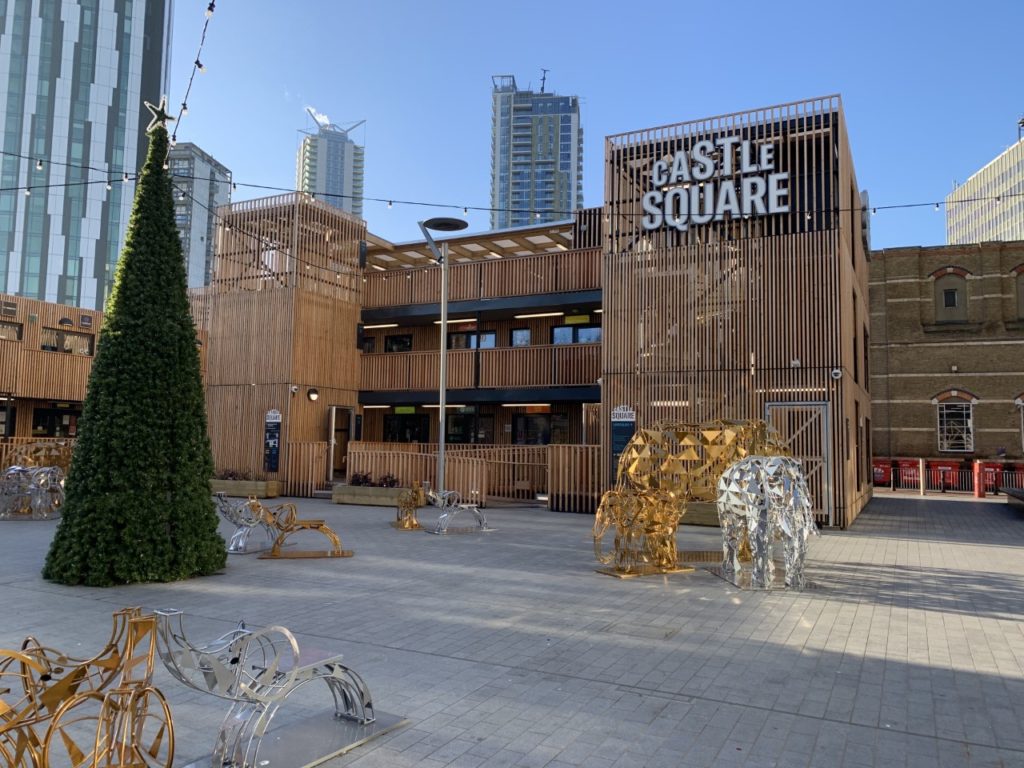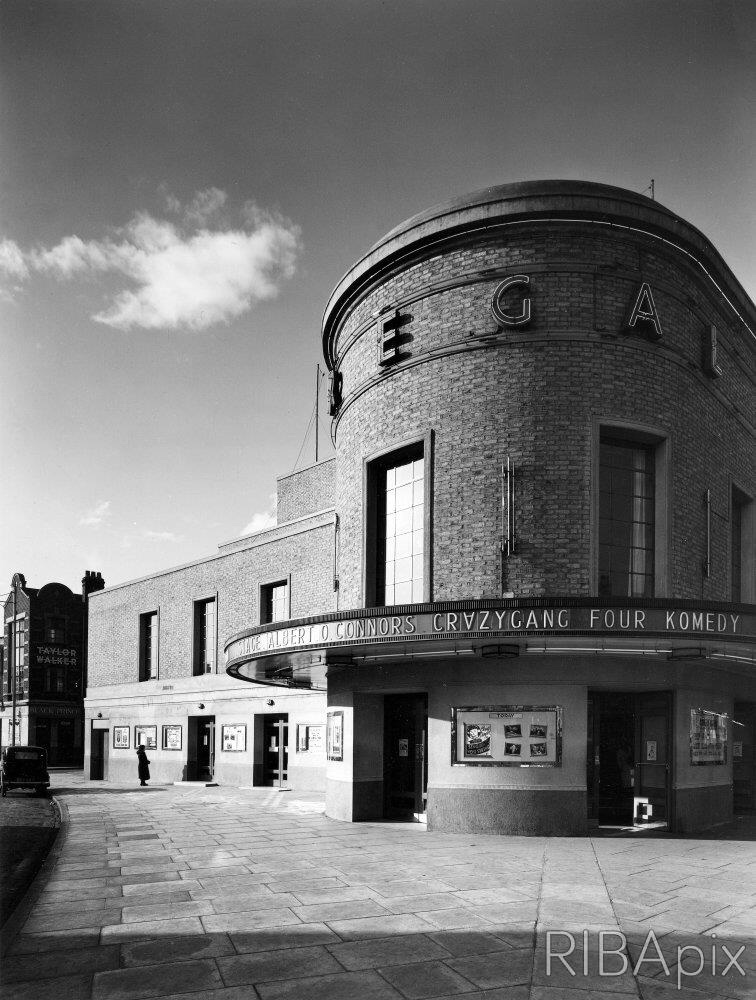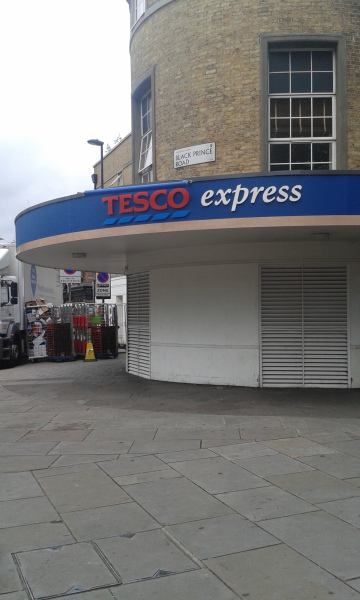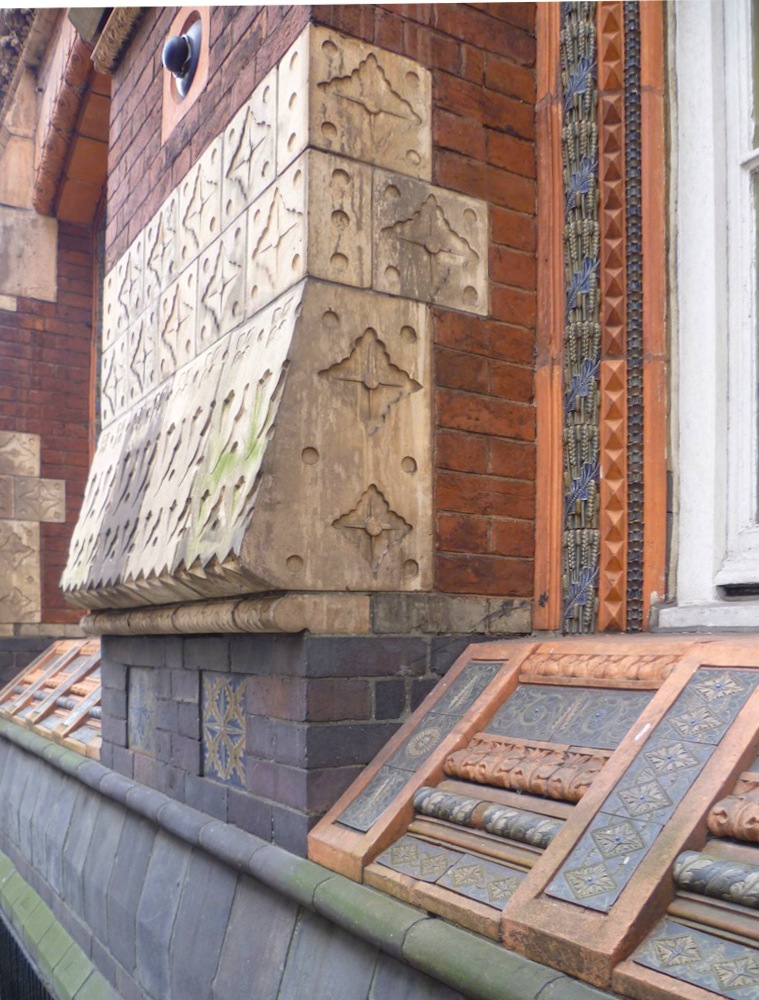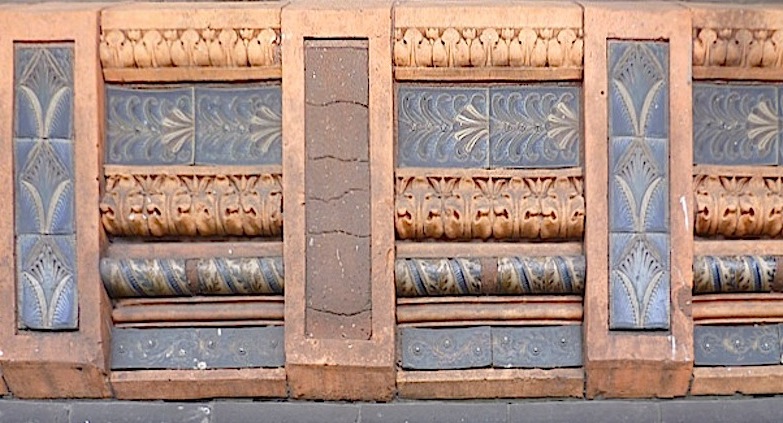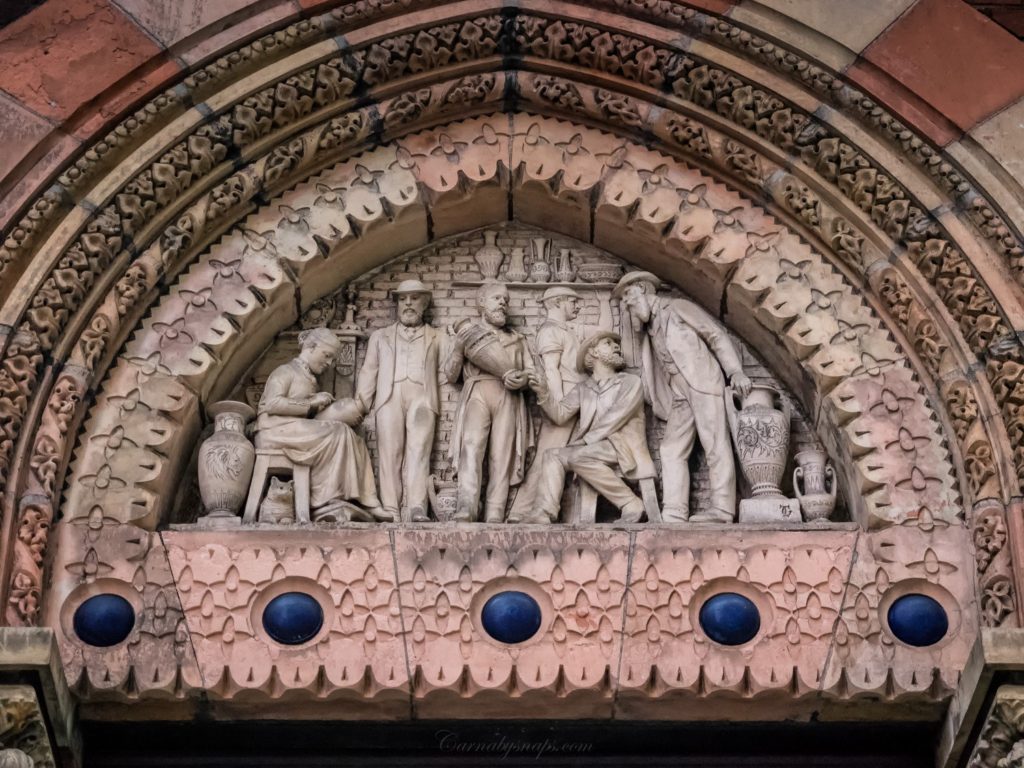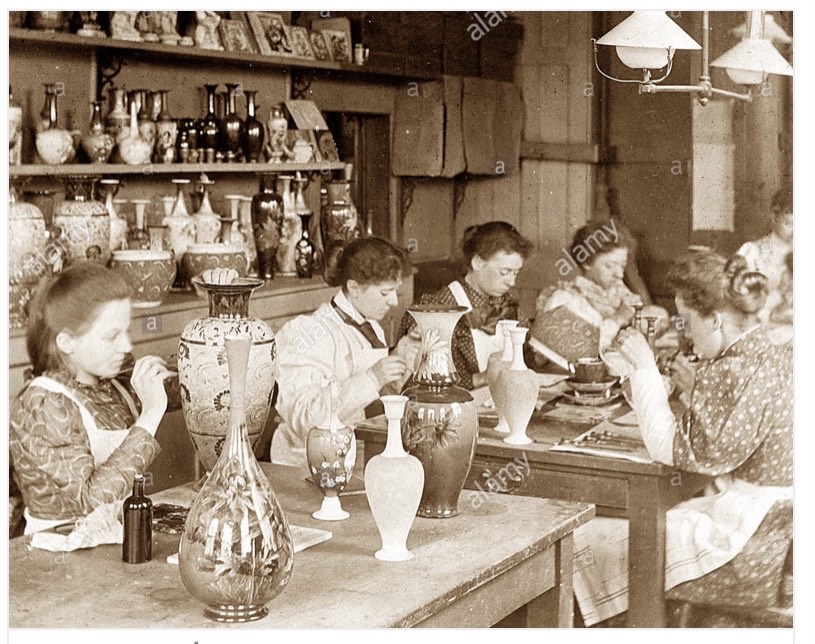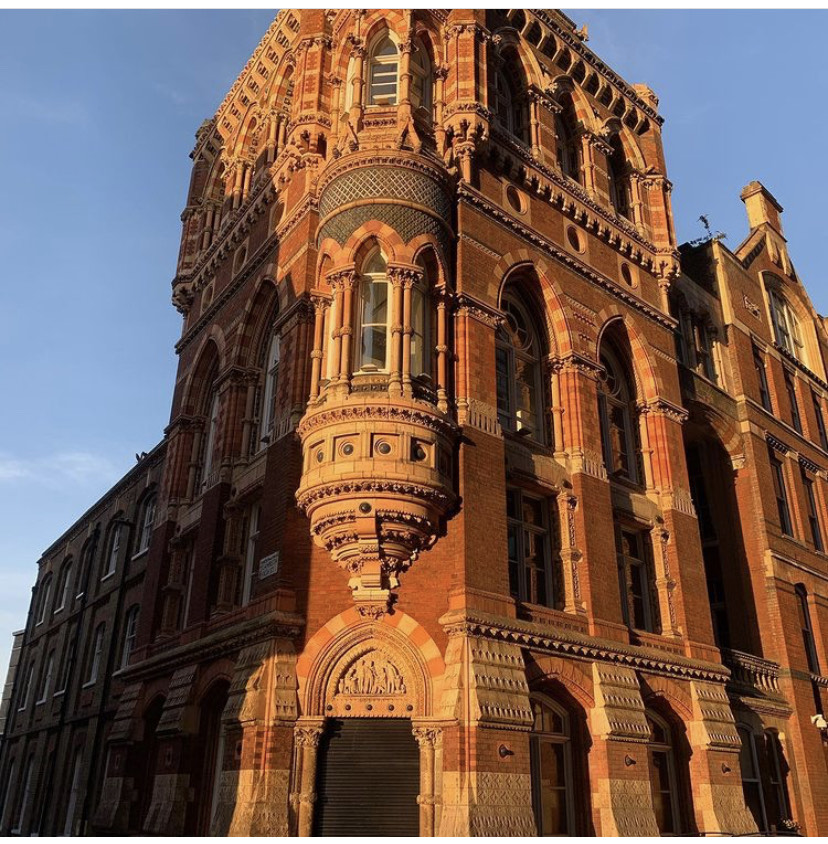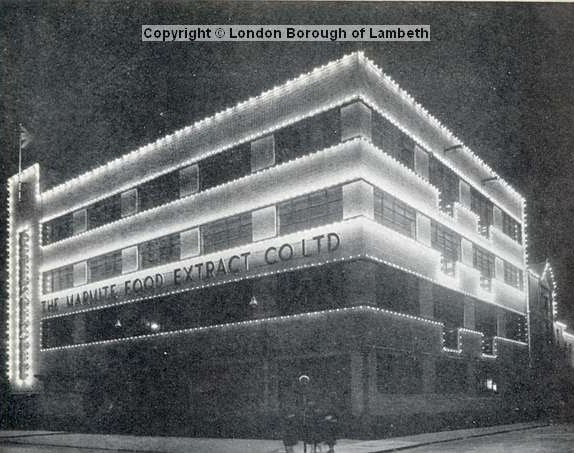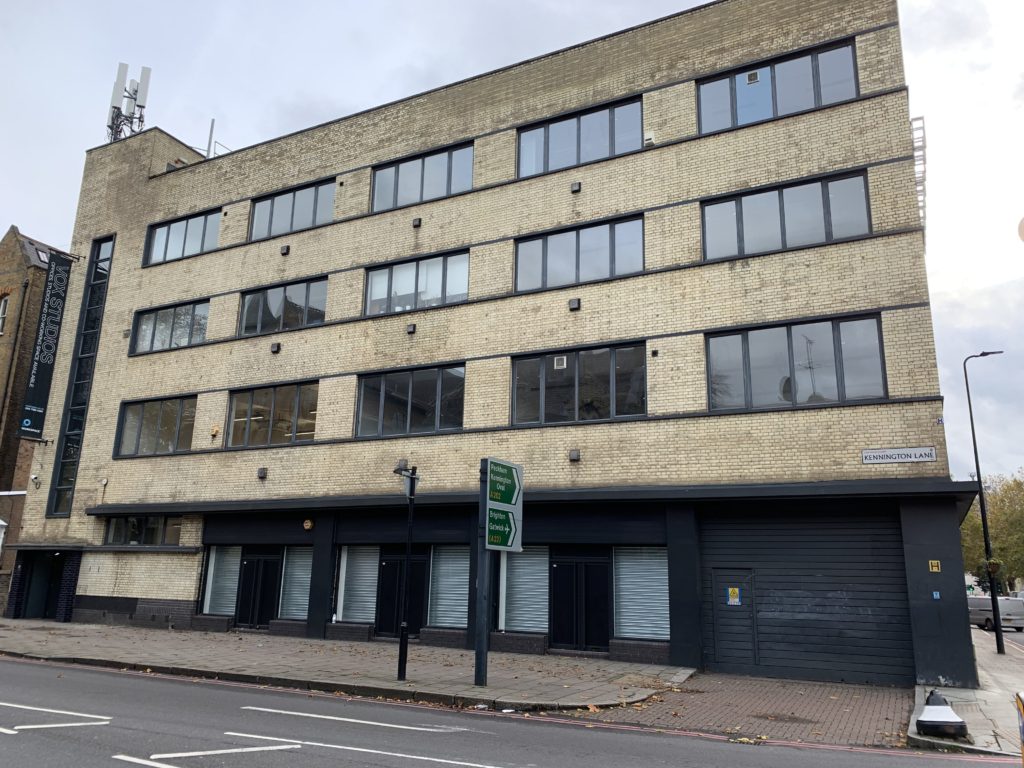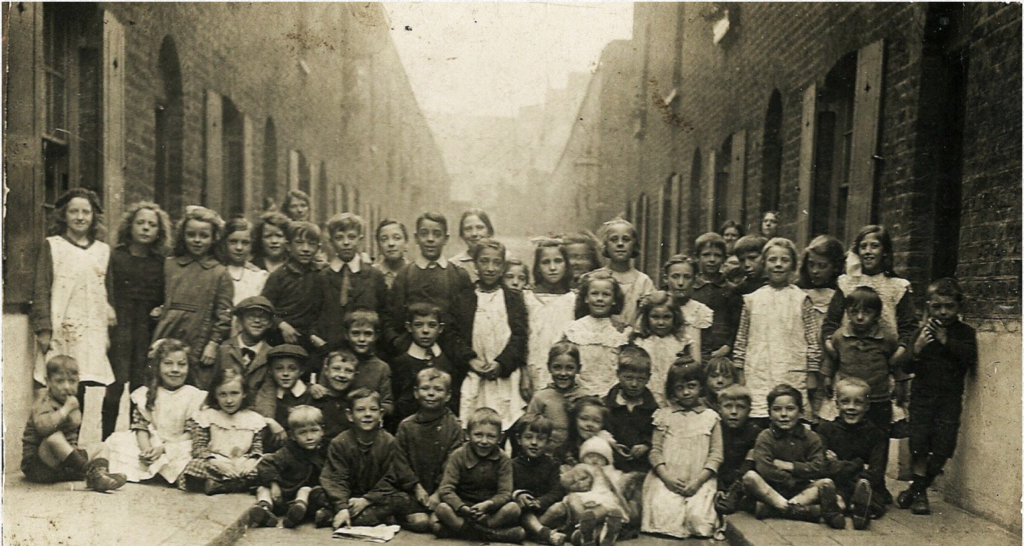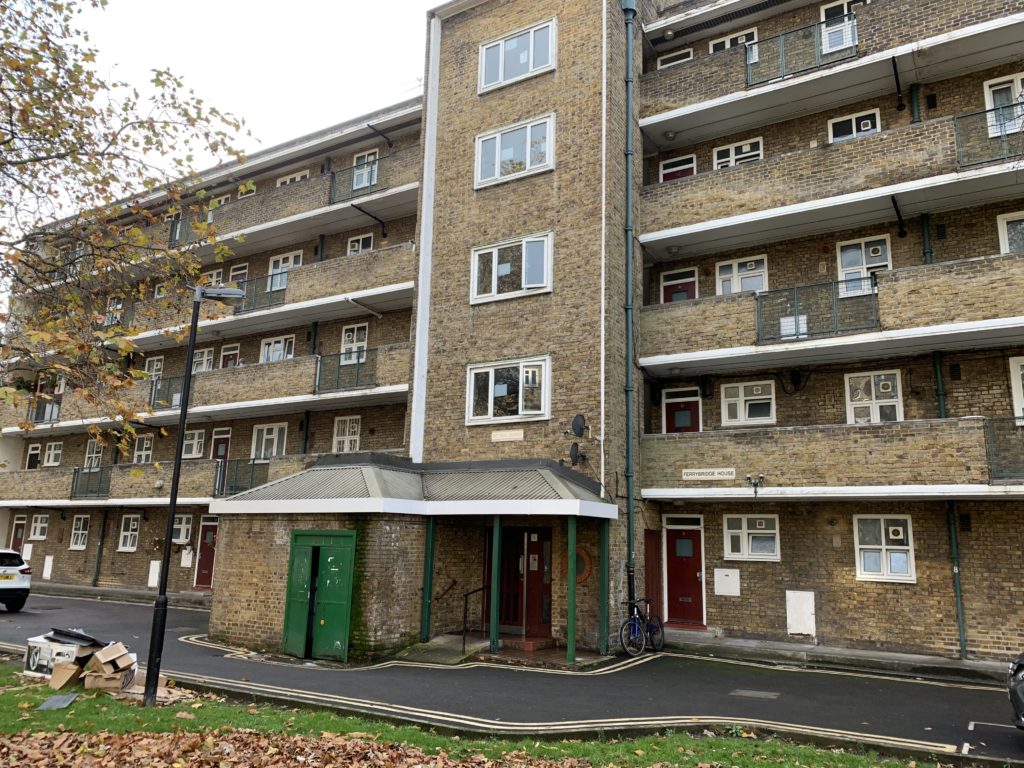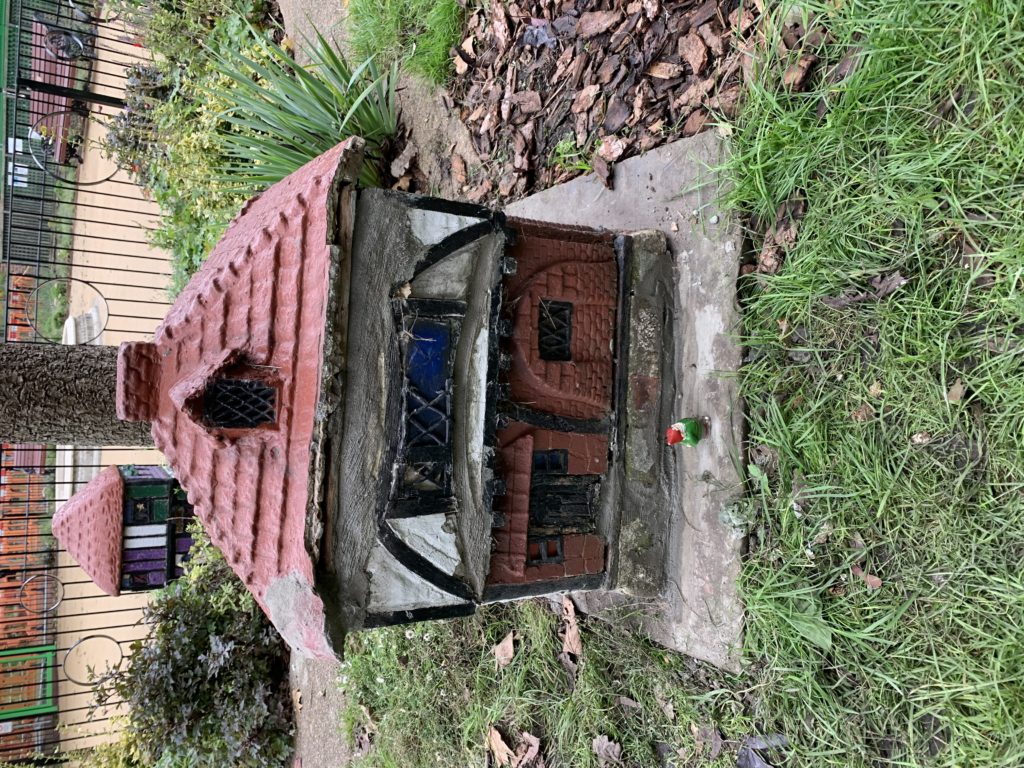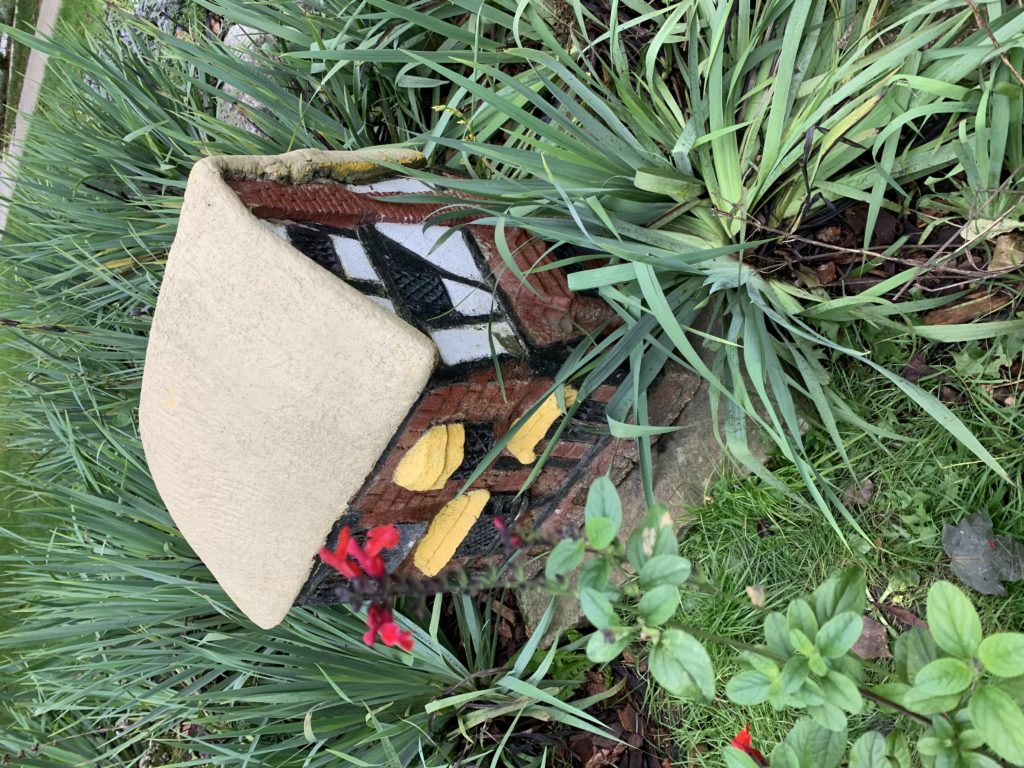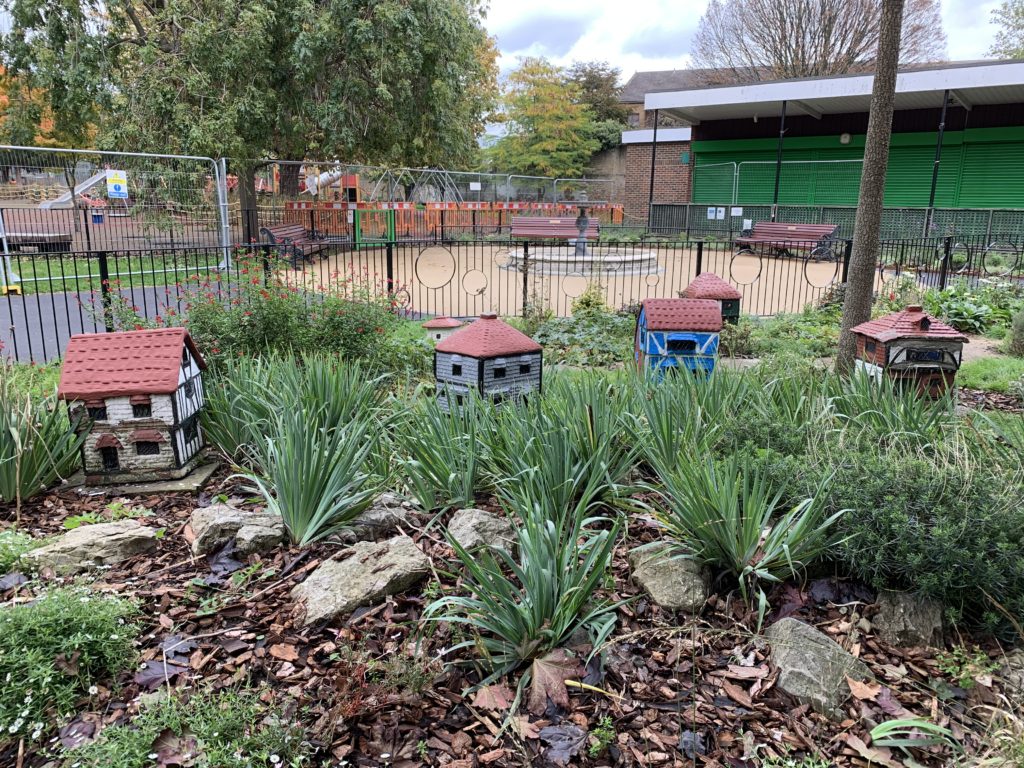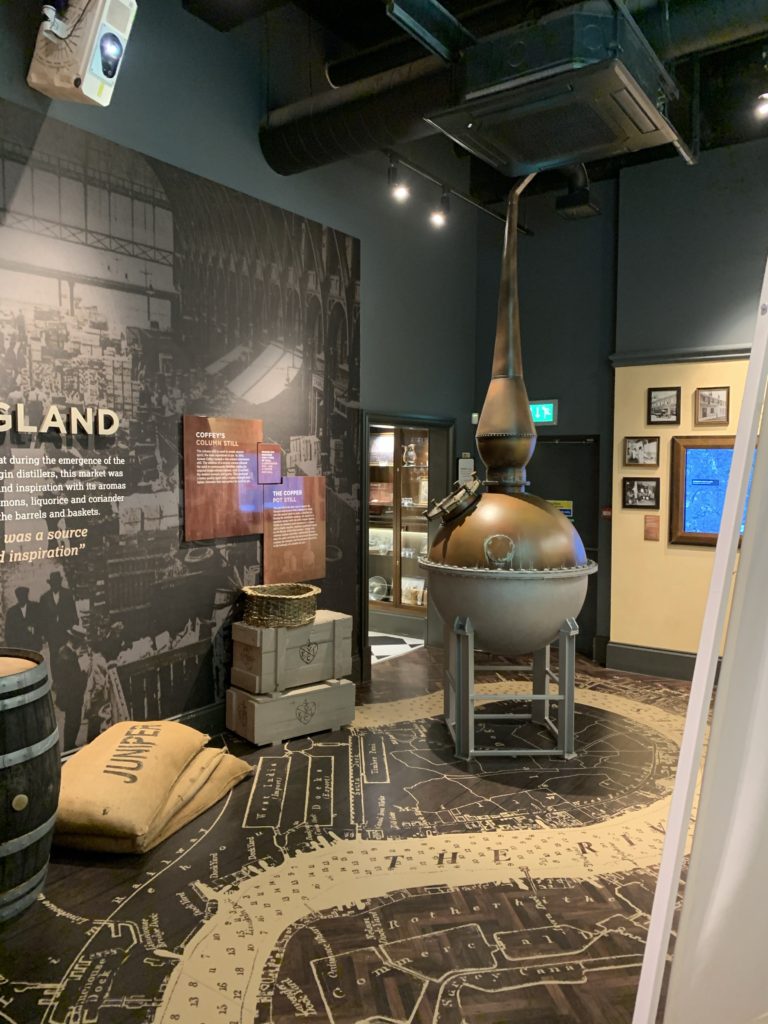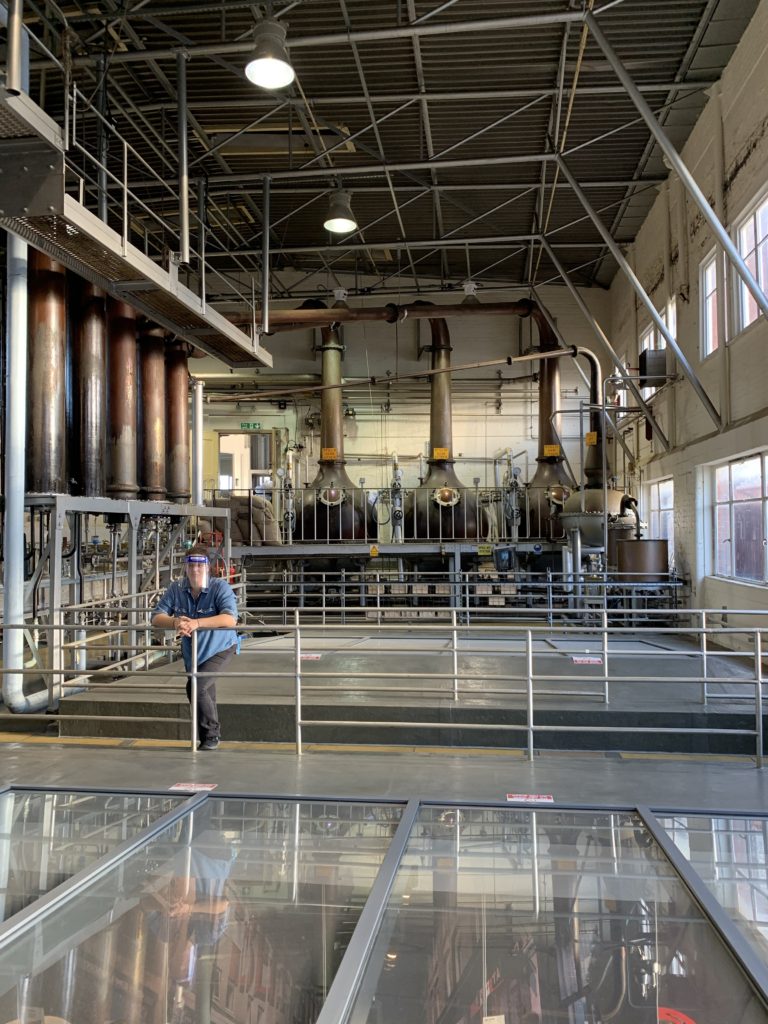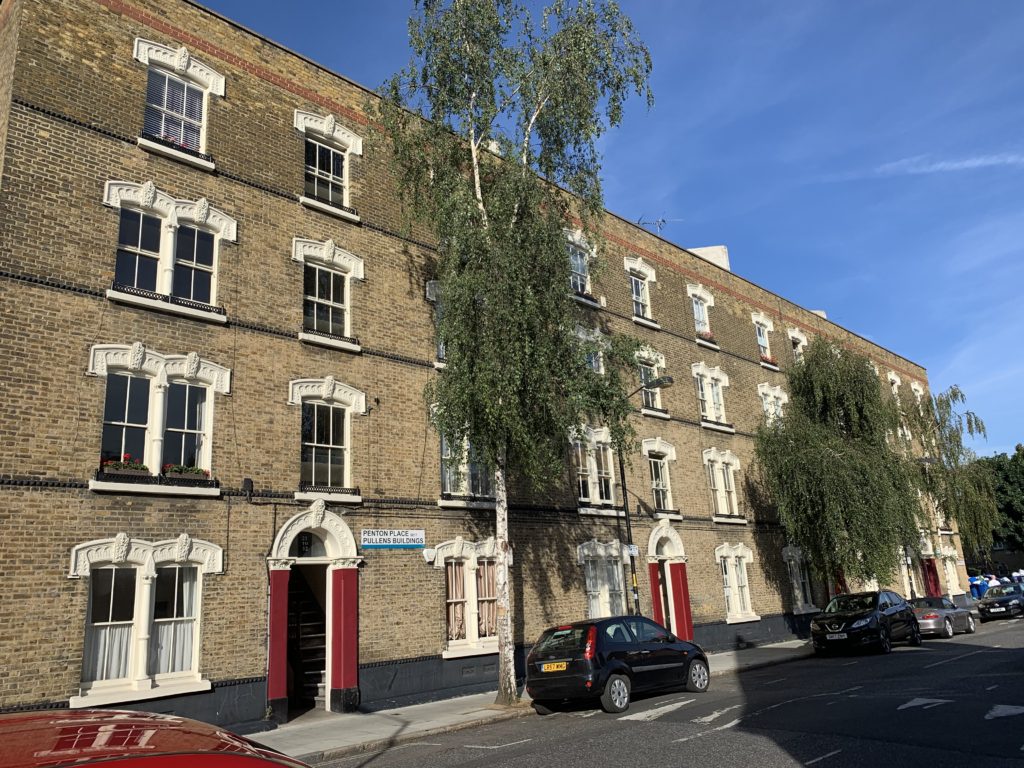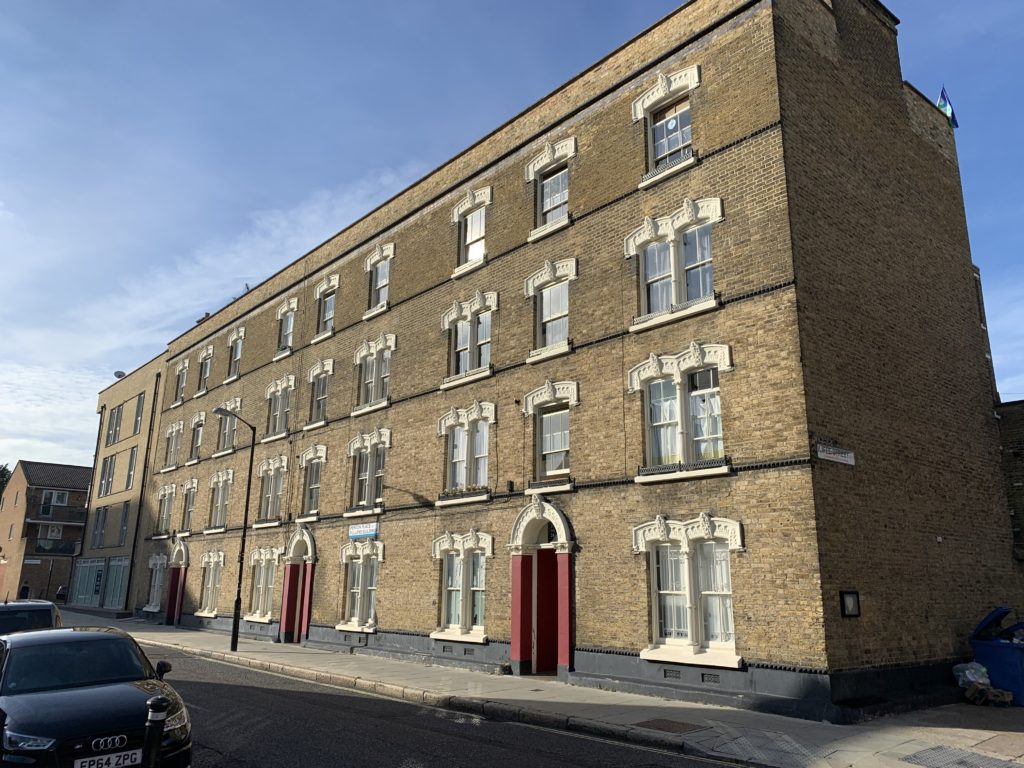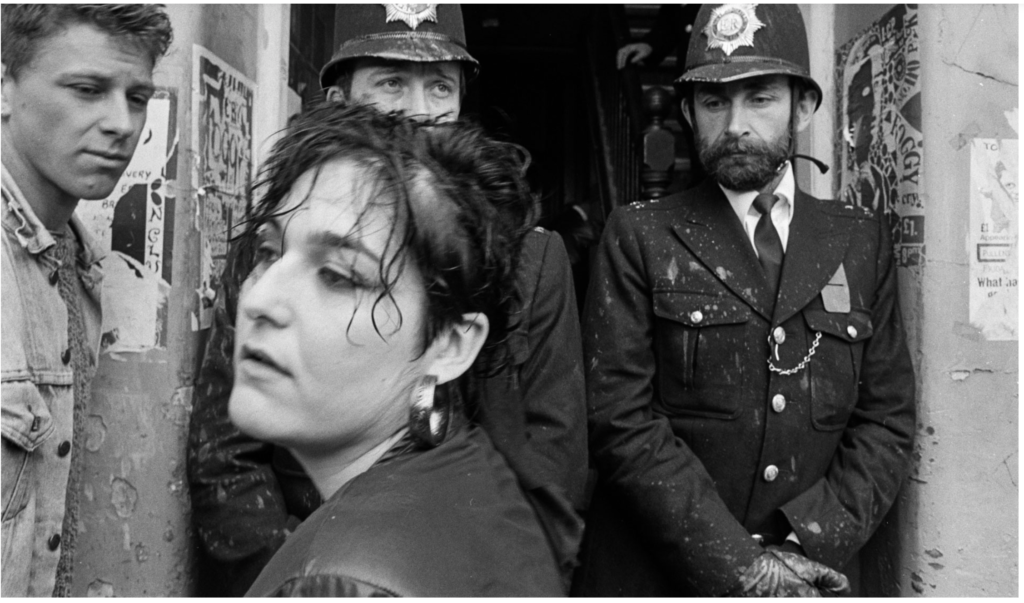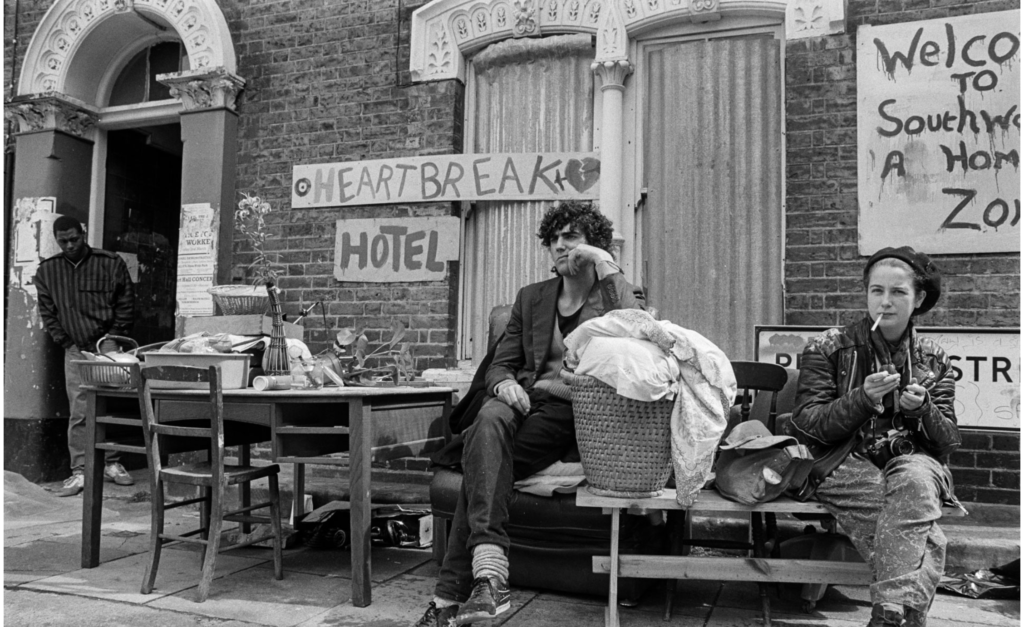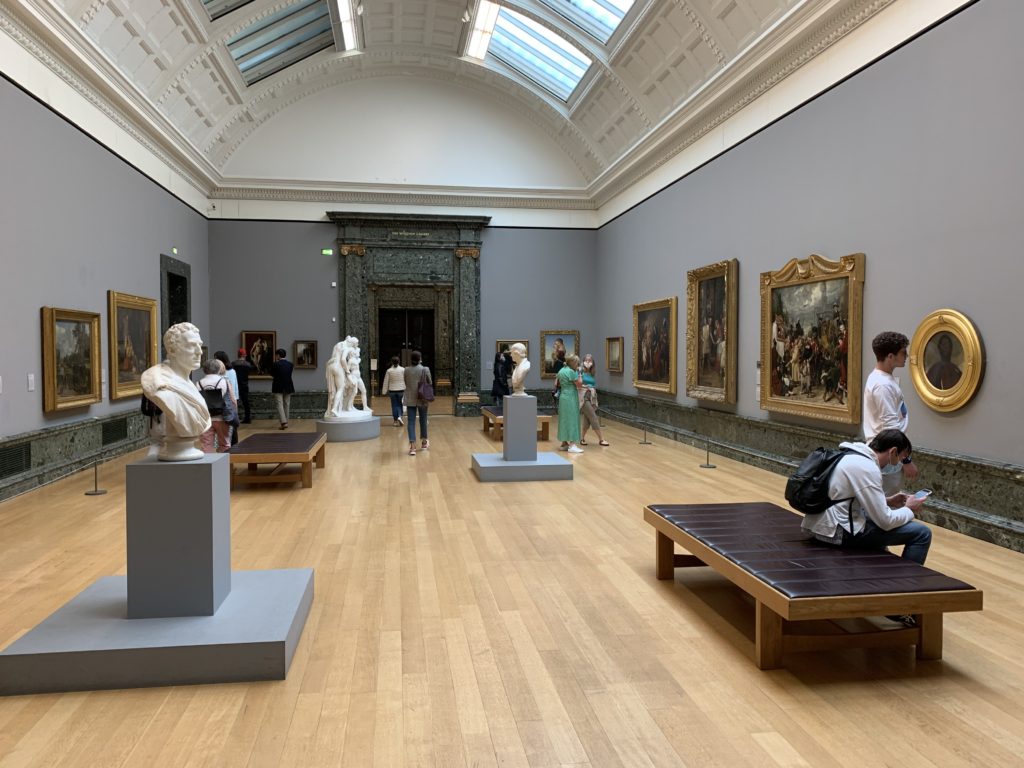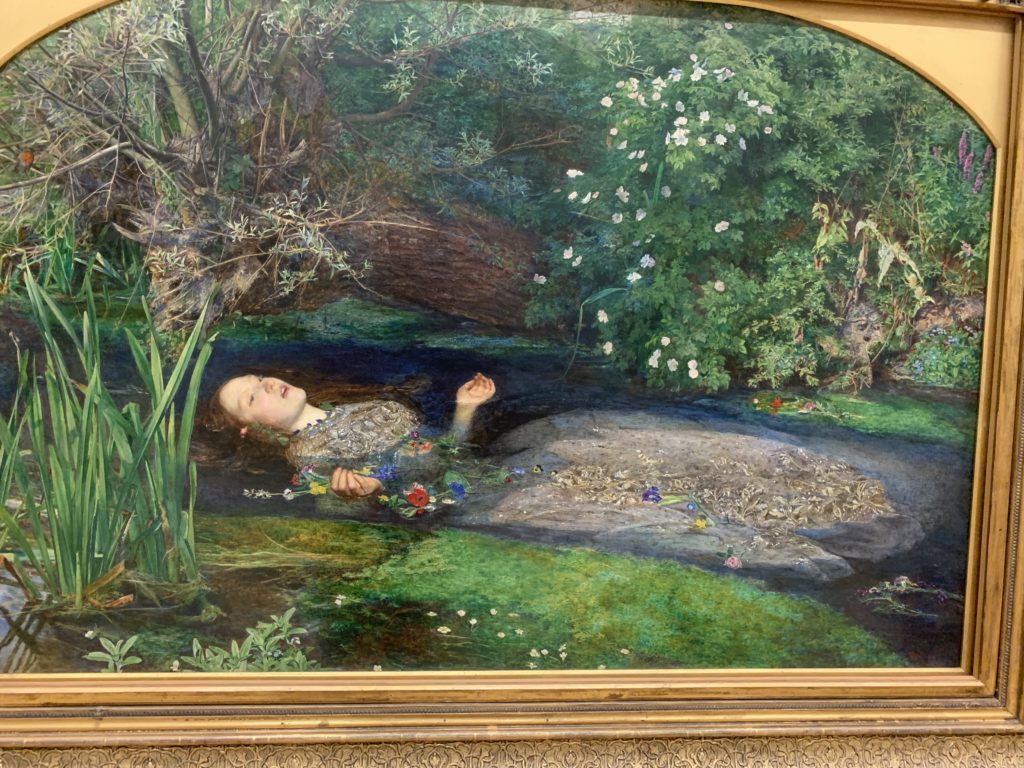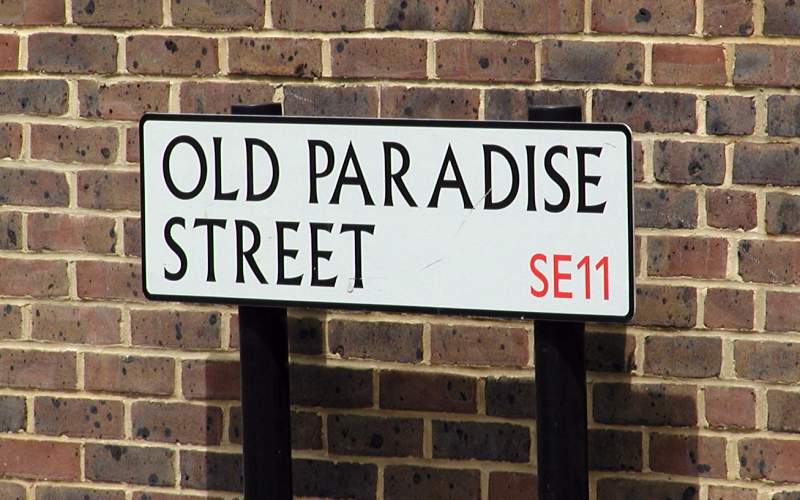
It’s up to the oldest part of Greater Kennington once again. For some time we’ve noticed a very peculiar street name in Lambeth North parts so we’ve done some digging and this is what we’ve come up with.
Old Paradise Street runs east of Lambeth High Street and is a very rare example of ‘paradise’ being used in a London street. The name conjures up visions of things that now seem exotic and far away, like a palm strewn beach, ordering food in a restaurant, or standing at a bar. In earlier times the word ‘paradise’ was often applied to a great walled garden and was sometimes an indirect reference to a royal property.
Now that you possess that little nugget of wisdom you might ask, what’s so royal about Lambeth North? Well, long before the Archbishop got his hands on it (we’re talking about 800 years ago), the land around was the location of Lambeth Manor House. In comparison to the farmland and folks around it, the house and gardens were grand indeed and extended far beyond the confines of the current palace. Old Paradise Street therefore was the name given to the thoroughfare that led the approach to the gardens.
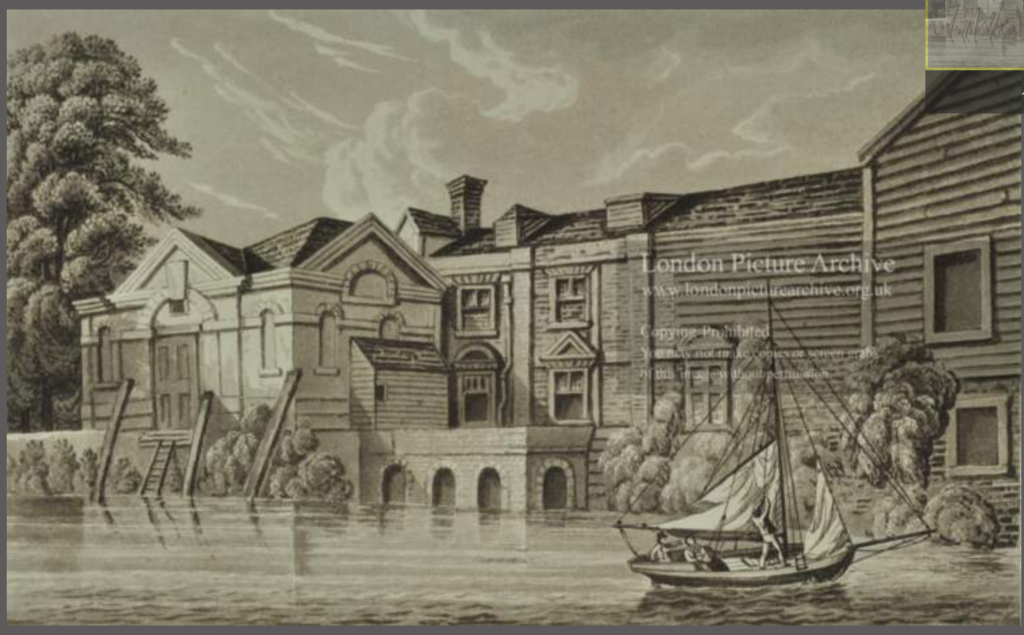
And while we are in that neck of the woods, when the world pivots back into a sphere of semi normality Greater Kennington will have a new, enormous library at it’s disposal! Work has just finished on (who knew) Lambeth Palace Library, just outside the Palace walls. It’s actually more of an archive and museum of treasures from the Palace, and will be a resource for academics and the merely curious. This article from The Guardian does it justice very well. When the gala opening is announced in order to bag an invite we’ll pull the ‘don’t you know we’re Kennington influencers’ card*. Afterwards we’ll give you a full review.
*This never works
